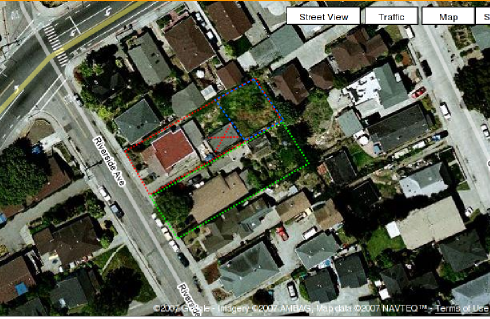As per my earlier Twitter:
We found the last place w baby chicks of and 4 girls are on the go. Mo Blog Later.
… which was written on the go, while I was on a last house errand after we strapped my two-year-old neighbor in the back with my six-year-old and her eight-year-old friend. In the way back of the Volvo wagon was my ten-year-old, in the backward facing jump seat. Four girls and me in search of the last feed and seed store with baby chicks.
Apparently a subtly growing trend of city folk getting a few egg layers for the backyard has turned into a “chick rush” this year. We were all set to go at the beginning of April, in fact, we were gearing up for a bike ride to the feed store to choose our chicks, when my wise wife thought to call the store to assure the chicks had indeed arrived.
“They’ve sold out?” she said. “In two hours?!?”
We called a few near-by feed stores, and the story was the same. There had been a run on the chicks, with everyone selling out in record time, except for one store that was far away (car trip required). We confirmed that a near-by store would have twenty varieties of baby chicks on Thursday of this week, 17 April. We planned to head up there about 9 to 9:30 in the morning. When we couldn’t make that time window, we decided to skip that morning and check the next morning to see what was left. We called Friday morning and they had sold out in the first hour of Thursday, with a line of people outside of the store since 7:30, half an hour before the feed store opened. *smacks head*
Determined to not let this stop us, and also to keep our neighbor from rightly telling us we should have gone with the boring old layers from the few weeks before, my wife diligently called all the feed stores, chatting with a few proprietors. Store after store had the same story as the first one. A big, county-wide run on baby chicks. Everyone had at least a two week wait until they thought they could get more, and even some of them had heard from hatcheries that they were out and back-ordered. (This urban poultry thing is beginning to feel like a zeitgeist.)
Finally, one feed store, literally at the furthest end of the county, had three varieties left and enough to satisfy us. Myself and the four-girl team began pulling ourselves together for the journey.
The first challenge came when we realized we would need to put one of the girls in the jump seat in the back, and everyone wanted a turn. That’s fine, but we had three girls wanting and only two legs to the trip. The girls kept coming at the problem by trying to negotiate who should give-up a ride in favor of the other two girls. Well, to be fair, this was my two daughters, the sisters, doing that negotiation. Their friend, it turns out, wasn’t really happy with the options; she wanted to keep things fair and equal. I helped them see how. We figured that we had a sixty mile round trip, so I set the trip meter and at the 20 mile mark (or thereabouts) we stopped so two girls could switch. The one who was in the back at that point also climbed in the back for the return trip. At the 10 mile mark back from the feed store, we swapped the third girl in to the rear for the last 20 miles. Sadly, this was my seven-next-Saturday daughter who got lonely in the way back and wished she were in the middle with the bigger girls. Tamara-who-is-two was blissful about the whole thing, happy to be along on a big girl adventure.
At the feed store, “Aromas Feed & Ranch Supply”, we discovered that in the intervening hours, one entire variety had been purchased. We ran into a woman we know from here in Santa Cruz, she was picking up three of that variety. I promptly forgot that variety’s name, since I wasn’t getting any. We then got to choose out our mini-flock, picking thirteen total from amongst the buff Orpingtons and Araucanas. Ironically, this one feed store, which happens to be a hundred meters over the line in to Monterey County, had these chicks for the last couple of weeks. At two weeks old already, they are double the size of newly hatched chicks, and flapping and flying around. The girls don’t realized they missed the super-fuzzy, super-small stage. We’ll likely have to get more in a few years, so they’ll enjoy that stage then.
Last night we hooked up the heat lamp over the box, loaded in food and water, and set all this up in our neighbor’s house. Both families are sharing the flock across the two properties, and they don’t have a live-in cat the way we do.
The whole adventure illustrates one of the small parts of homeschooling that I love. We were able to pick up and go in the middle of the week for this adventure. In the process, I could squeeze in a math puzzle (how to split the jump seat ride amongst three), geology (always lots of that to observe around here), and sociology and science (farm management, livestock, chicken lifecycle.) The friend, Isabel, who came along was unexpected, but present for the same reason. Her Moms had an NVC event at Cabrillo College, and rather than be bored, Isabel wanted to play with someone. They called us to see if we were available, and an hour+ later Isabel was joining us on the chick adventure. Later in the afternoon, we dropped the chicks back at home, and I took all three of the big girls up to the campus where they all attend a City Schools homeschool program (AFE) for rehearsals of their California history play.

